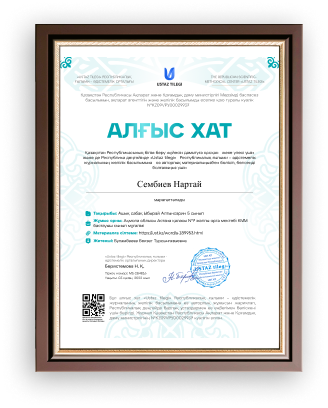|
(T-S) Teacher greets learners and
starts the lesson with starter “Odd one out” to engage and excite
learners with the topic. Teacher shows learners a set of pictures.
Learners explain which one does not belong with the rest and give a
reason why.
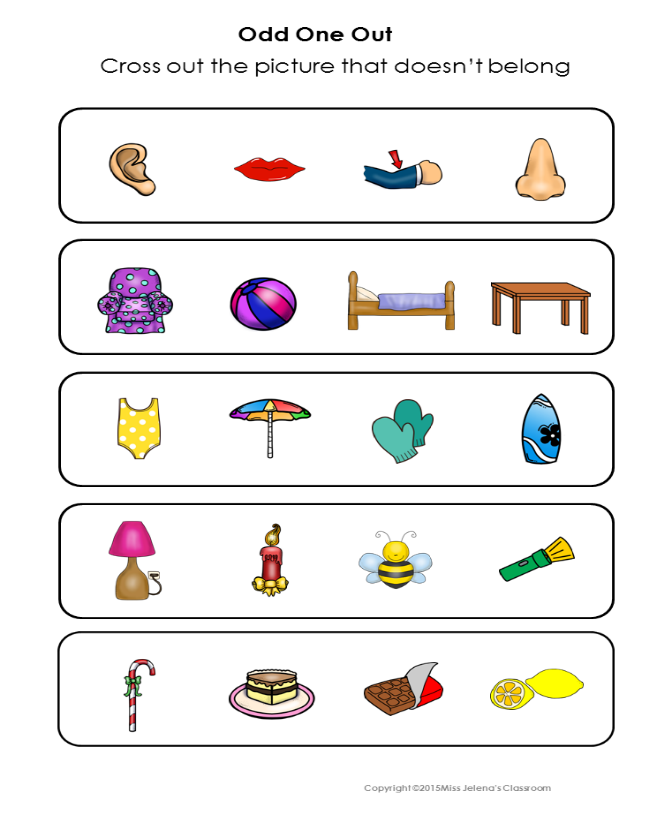
Task
1
(T-S)
(W) Teacher
uses “Picture
dictation” strategy. Learners listen to
the description and draw pictures according to the teacher’s
explanation.
“There is a big house
with two windows and one door in the middle. The sun is shining,
but there are some clouds over the house. There are two birds under
the clouds. There is a tree near the house. There is a boy and a
girl with skipping rope over their
head.”
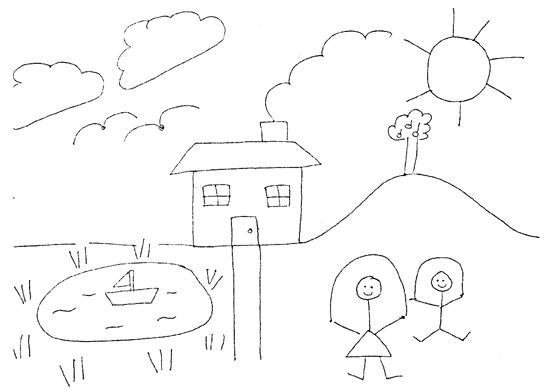
|
Assessment
criteria
|
Descriptor
|
|
can draw pictures according to
description
|
A
learner:
-works
individually
-listens to the
teacher
-draws a picture according to
description
|
Formative
assessment: “Self-assessment” with
smiles
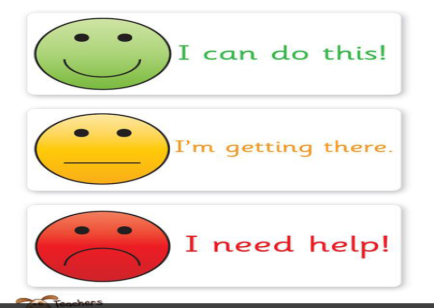
Task
2
(G)
(S-S) Learners look at the picture,
make sentences using have got/ has got and there is/ there are.
Some learners ask questions about the picture with “Have got/Has
got…?” or “Is there/ Are there …?” Others respond to the
questions.
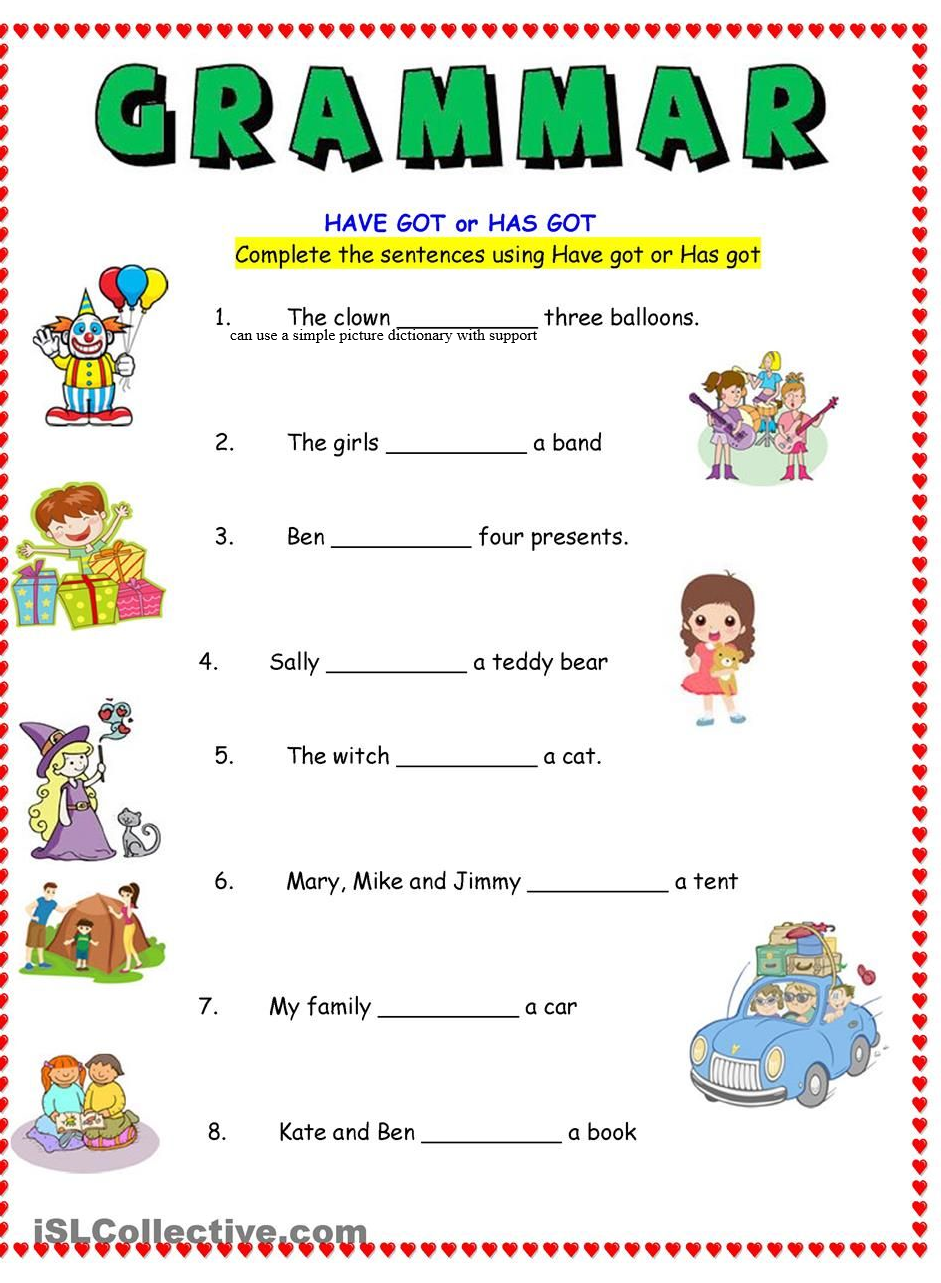
|
Assessment
criteria
|
Descriptor
|
|
can make sentences with have
got/has got and there is/there
are
|
A
learner:
-looks at the
picture
-describes the
picture
-uses have got/ has
got
-makes sentences with there
is/ there are
|
Formative
assessment: “Tree of
success”
Task
3
(I)
(S-S) Teacher uses here the
strategy “Picture
description” and hands out a piece of paper
where Ls read description. Learners reads the sentences and match
the pictures according to the
description.

|
Assessment
criteria
|
Descriptor
|
|
can use a simple
picture dictionary with
support
|
A
learner:
-reads the
descriptions of different types of
chairs;
-matches the descriptions to
the pictures.
|
Formative
assessment: Heads down, thumbs
up (positive
feedback)
Plenary
Teacher
uses “Conscripts and
volunteer” to consolidate the
lesson.
Teacher asks questions
pointing to the different
pictures.
E.g.: Have they got
children?
Has he got a pencil
case?
Is there a book on the
table?
Are there pens in the
bag?
Teacher elicits
answers from those who are volunteers and an equal amount of those
who are not.
|

